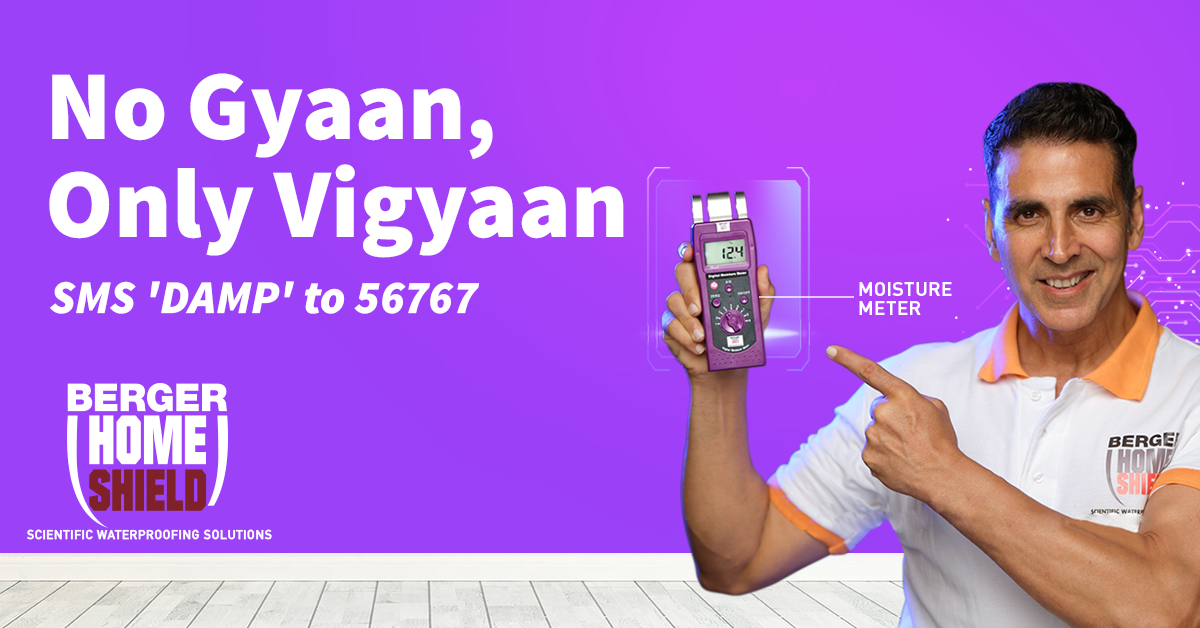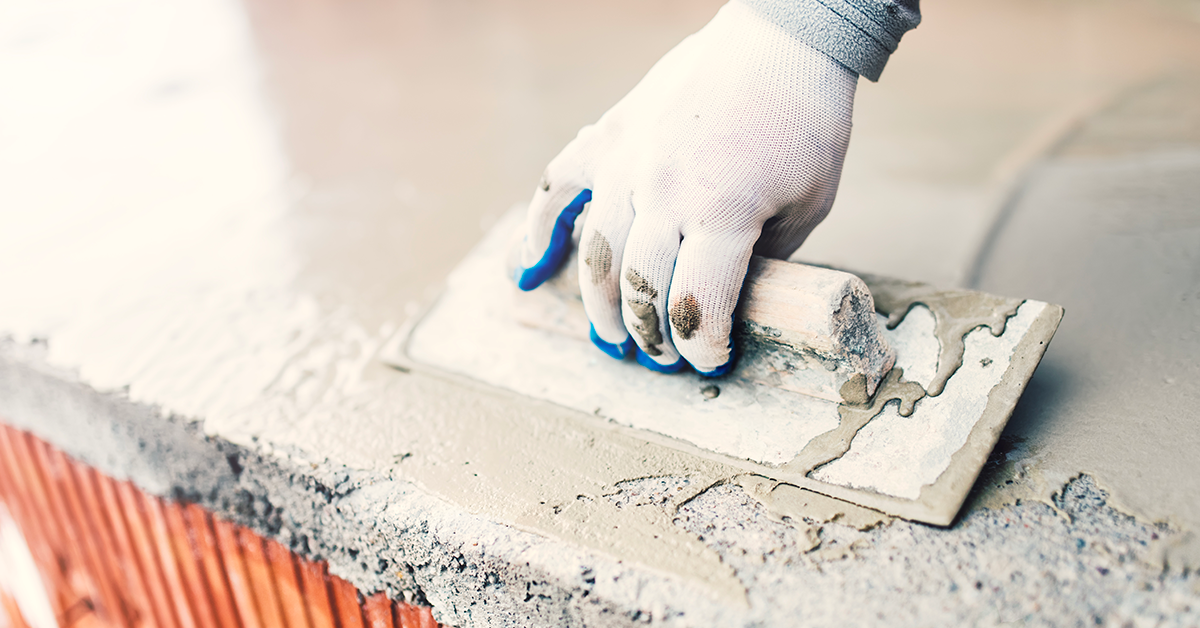When it comes to planning and executing waterproofing repairs, the weather is something you must consider. Read on to know which weather condition is best suited for the job.
When you visit someone’s home, you form an impression by looking at the walls, don’t you? There is a high probability that your guests do the same regarding your home too. However, before you start looking at your walls for wall cracks, dampness and leakages and rush to waterproof your home, it is important to consider the current weather conditions of your region.
Before we go further, let us first understand what is waterproofing. It basically means making the home water-resistant and it is important because water can cause a lot of damage to a building or a bungalow, both aesthetically and structurally.
Exposure to water, high levels of humidity and water seepage can lead to mould growth, causing serious health problems for you and your loved ones.
How extreme heat may impact your waterproofing activities
Did you know that heat is not the ideal condition for you to start your waterproofing project?
In summers, when temperature ranges between 40-50 degrees Celsius in most parts of India, waterproofing may not be a wise thing to do. It might lead to flash drying, a common occurrence when the temperature starts to go beyond 40 degrees Celsius. This could also result in cracks and other waterproofing failures.
How rain and humidity may impact your waterproofing activities
Another weather condition to think over is the rain. It has the ability to negatively affect both indoor and outdoor waterproofing work. It is one of the worst conditions for waterproofing since you need dry conditions for the waterproofing application to properly dry.
Only after the waterproof coating is dry, can it shield your walls from water. Wet paint or coating might break or crumble apart, or simply wash away, and you might have to redo the job, which would mean waste of prior efforts.
It has been observed that any kind of aggressive water invasion will slow down the curing time and lower the effectiveness of the application. In fact, it can sometimes even ruin the whole procedure.
The waterproofing membranes usually take days or even weeks to dry, depending on the materials used. Therefore, it is imperative that the treated area remains free of moisture and dampness.
It is important to pay attention to the weather forecast to make sure it won’t rain several days after the application either because it could potentially affect the coating otherwise.
Timing matters
Considering all the above points, we favour the post-monsoon period unless it is absolutely necessary. You don’t have to worry about extreme heat nor water ruining your waterproofing efforts during the post-monsoon period.
Post-monsoon conditions allow the repair and waterproofing work to progress quickly and smoothly, giving you long-term results.
No fake gyaan, only vigyaan!
Get in touch with Berger Home Shield waterproofing solutions. Depending on the Moisture Meter reading, our team suggests appropriate waterproofing system to treat the problem using the right products and solutions- irrespective of whether the construction is new or old.

The scientific diagnosis helps evaluate the correct source of damage so that appropriate steps can be taken for waterproofing.
Hope this article makes it quite clear about how improper weather conditions just counteract the benefits of waterproofing.
What are you waiting for? There is no better time than now to get your walls waterproofed!


 Get in Touch
Get in Touch
